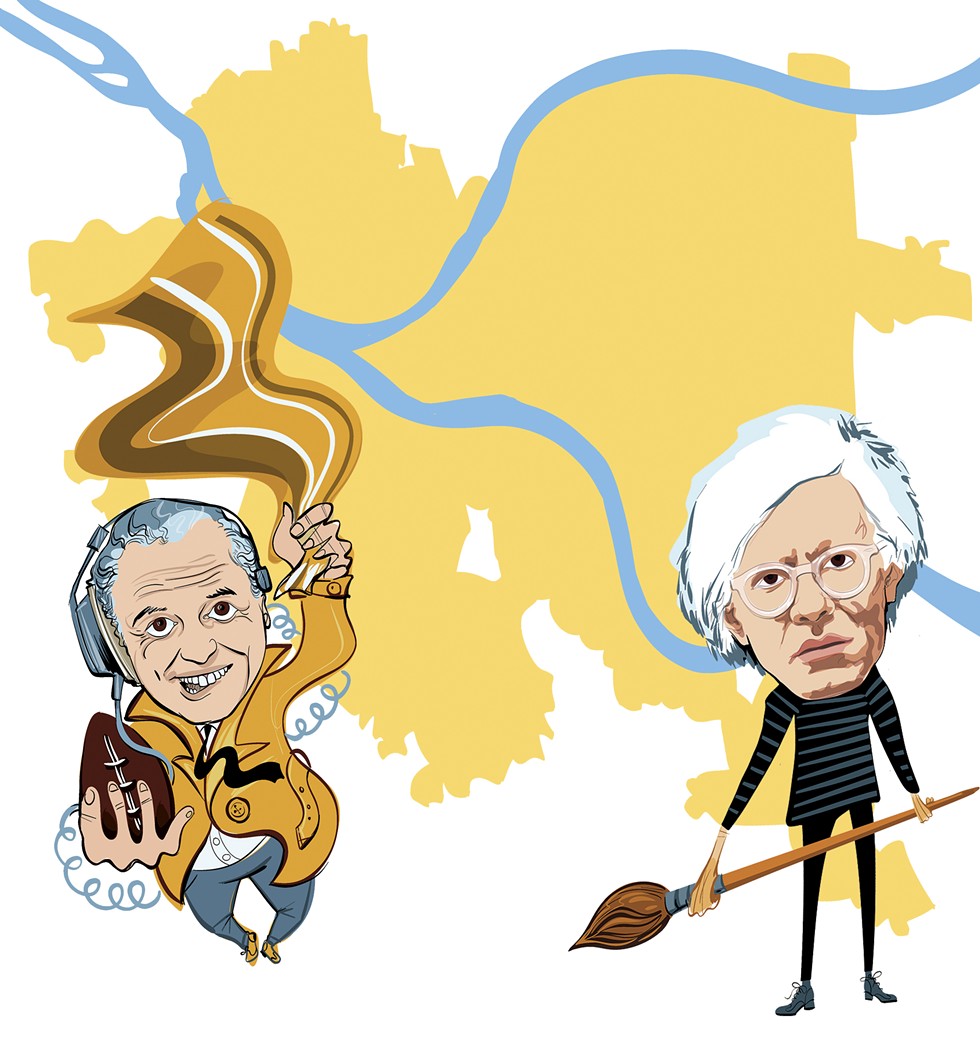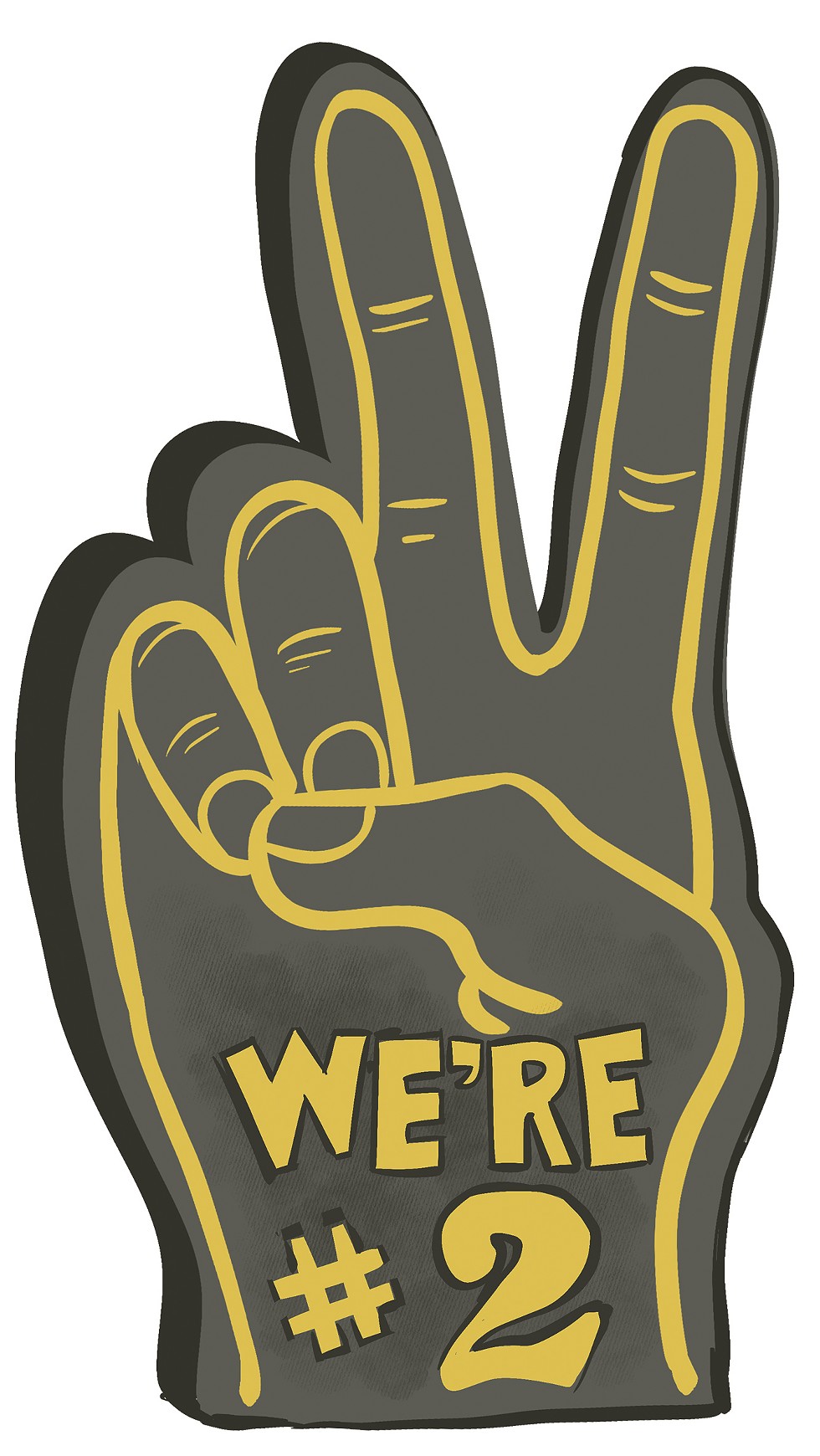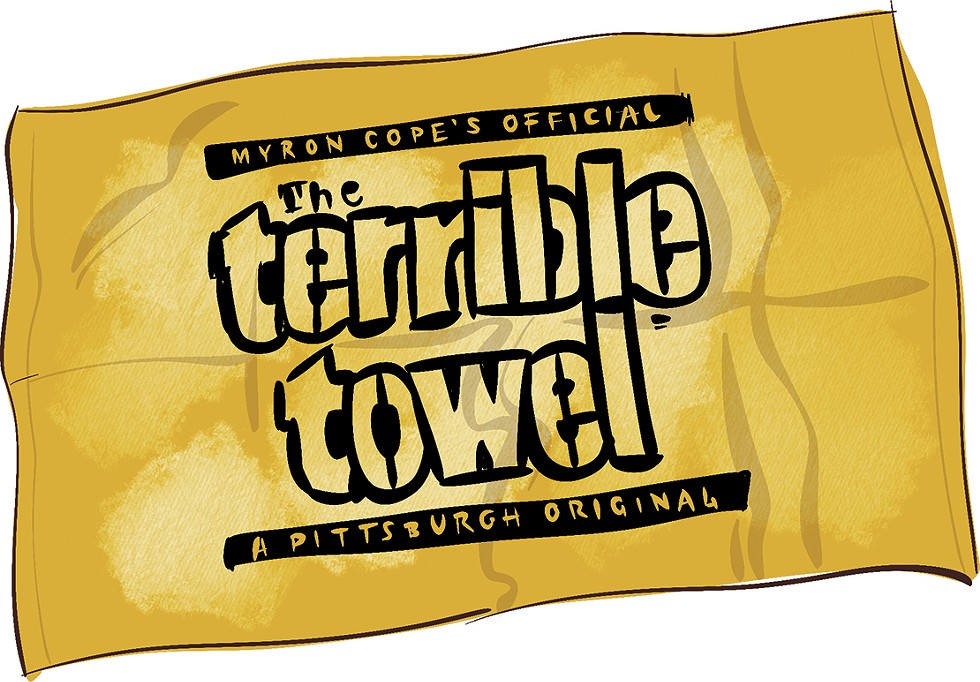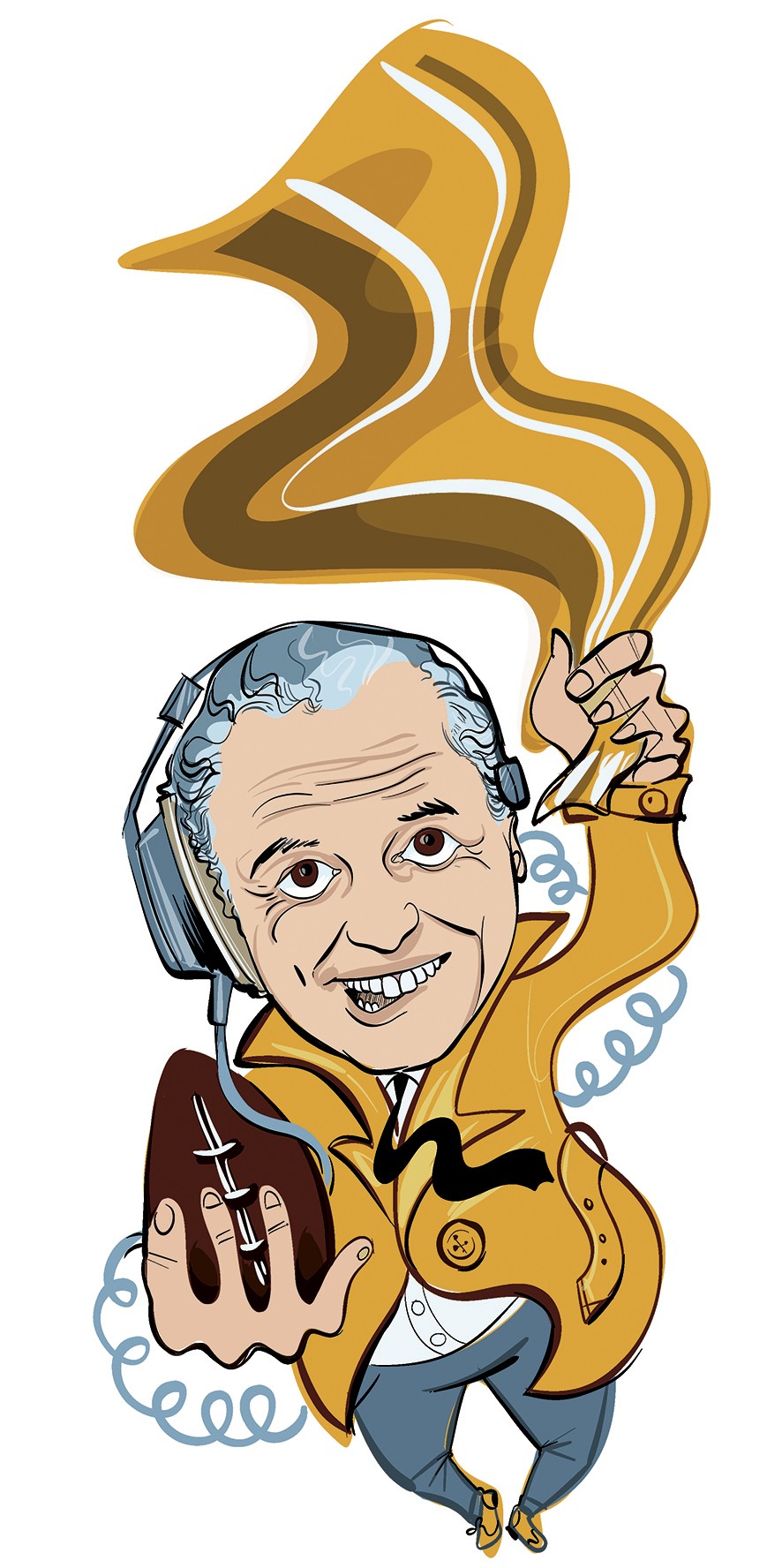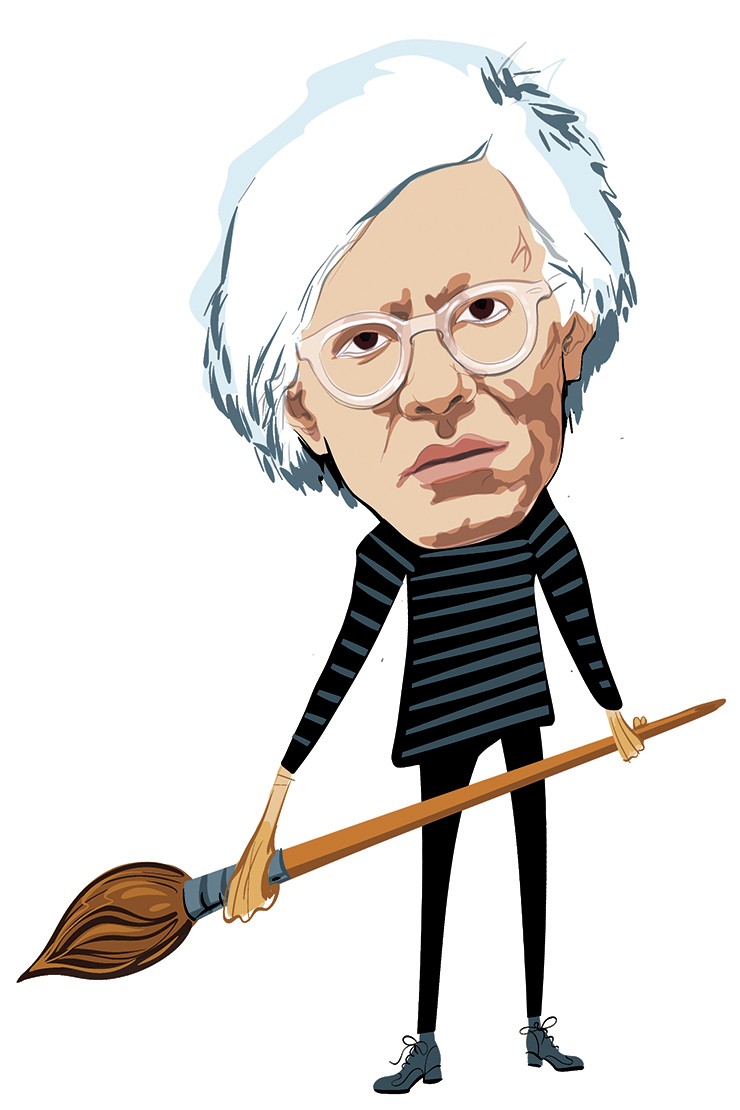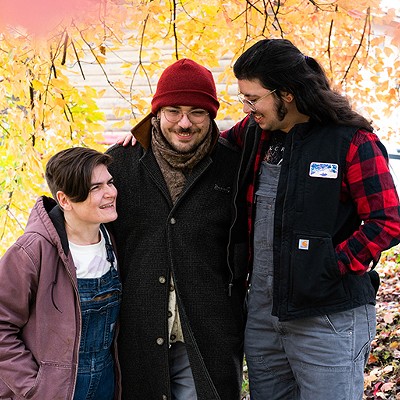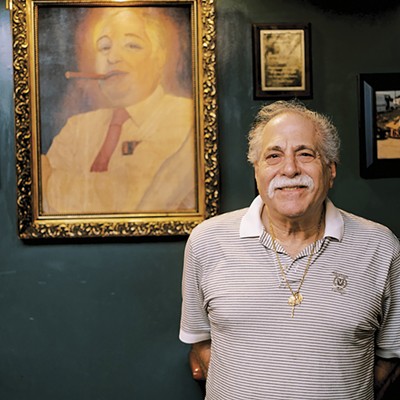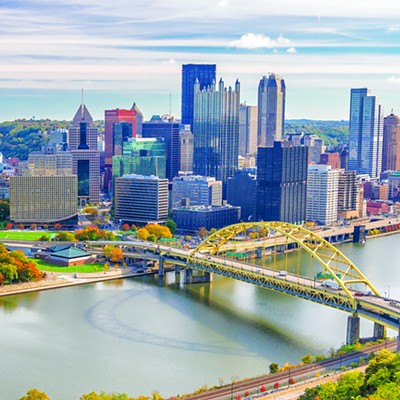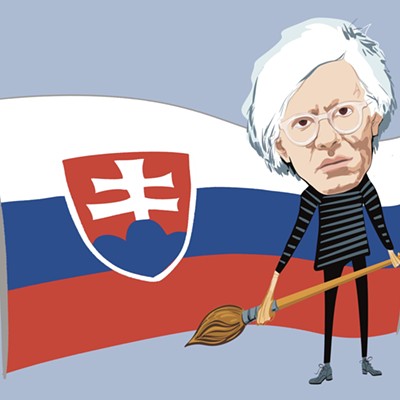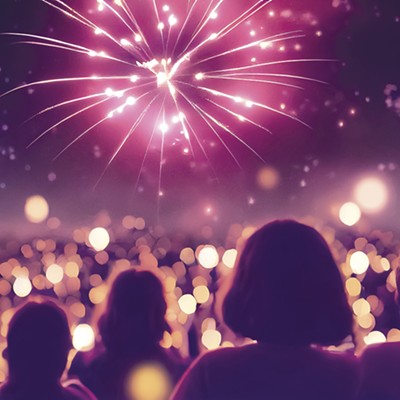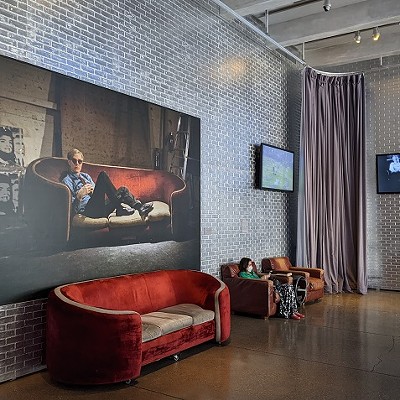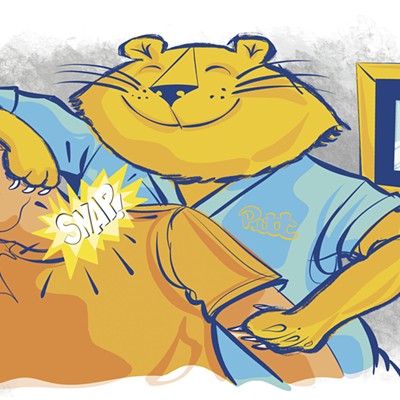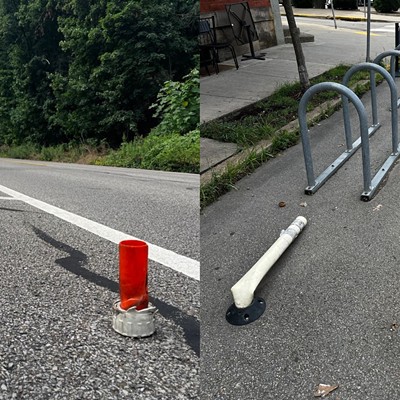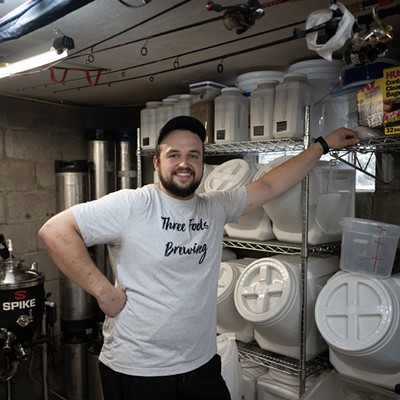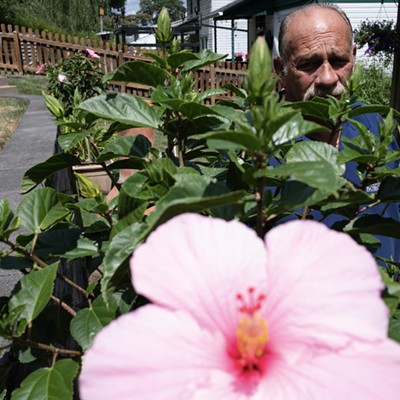Pittsburgh is a city that loves to celebrate itself. We're the Steel City, the heart of American industry! We're the City of Bridges, with more than anywhere in the universe! We're the City of Champions, home to the winningest sports franchises around!
Yet — as in the above statements — there are lots of not-quite-true factoids about the ’Burgh in heavy circulation, as well as other "Did you know…" statements that contain outright misinformation. Such claims include having the largest community of this or that ethnicity anywhere in the country, the oldest and biggest such-and-such tradition, or the strongest tie to certain foods. According to numerous publications of varying levels of credibility, the most livable city or the best city for X, Y, or Z.
I have my personal theories about why this is, many of them related to Pittsburgh's attempts to redefine itself after decades of steel-centric economic planning and subsequent population plunge. Anecdotally, many people also have deep roots in the region (very different from places like New York, D.C., or L.A.), owed to both long histories and our more modest socioeconomic indicators. That's led many Pittsburghers to a sort of knee-jerk, navel-gazing praise of the city that both misrepresents and obscures our actual strengths.
The "first" and "best"
Right off the bat, the "most bridges" claim is likely wrong. It's true that Pittsburgh is a city of hundreds of bridges, some of them one-of-a-kind masterpiece spans (here's to looking at you, Smithfield St.) and three-of-a-kind icons that define the local cityscape. But we don't have the most in the Commonwealth, let alone the world. According to the federal Department of Transportation, we actually have almost 300 fewer than Philadelphia. We have a lot for a city of our size regardless of how you define a proper "bridge," but it takes clever math to get us to the top of the heap.
Though Pittsburgh did once have the largest steelmaking capacity in the U.S., it's hardly news that we've tumbled on that front. Texas now has more steel jobs than Pennsylvania, and Nucor, the country's largest steel company by output, is headquartered in North Carolina, where they use newer minimill technology that's more efficient than U.S. Steel's legacy plants in the Mon Valley. At just under 4,000 workers, U.S. Steel's workforce in the region is far smaller than it once was, and Nippon Steel's controversial acquisition of the company in December leaves even that total hanging in uncertainty.
As for the "most livable" claim, a variety of outlets ranging from Forbes to WalletHub continue to rank us highly on such lists (Forbes kicked off a furor with their initial accolade in 2010, such that the "most livable" phrase now appears on some city trash cans). The veracity of such claims surely depends on whom you ask. Black mothers, for example, who face infant mortality rates and healthcare disparities comparable to countries such as the Philippines, probably don't see things quite the same as white tech managers moving here from elsewhere.
Which brings us to…
The "second-most"
Over the years, I've heard a variety of dubious claims related to demographics, including that we have the second-largest Jewish community, second-largest Italian community, largest Ukrainian community, et cetera in the country. Most of these claims are false.
According to Wikipedia, our Jewish population ranks No. 21 between Tampa and Houston. Italian Americans, though a major presence in several neighborhoods, make up a smaller percentage of the regional population than they do in places such as New Jersey and New England (one ranking has us at fifth nationwide). Ukrainian Americans are a notable presence, but Eastern Pa. boasts more, as does Chicago. Pittsburgh does have a notable Croatian American population, who occupied a North Side enclave now mostly covered by Route 28; and one of the world's largest concentrations of Rusyn people, whose descendents include the likes of Andy Warhol and Bret Michaels.
Greater Pittsburgh can, by some accounts, also claim the second-highest percentage of Irish ancestry after Boston, and the Beaver County Times claimed us as the country's "most Irish city" despite somewhat shaky data. However, the claim that we have the second-largest St. Paddy's Day celebration in the country is also false (the Chicago Tribune puts us at No. 11).
Lastly, there have been concerted efforts to sell Pittsburgh as the Hollywood of the East or the next Silicon Valley. It's true; we do have economically important film and tech industries, but the idea that we're next in line behind the heavyweights doesn't stand up to much scrutiny. One list has us in the No. 10 spot for filmmakers nationwide, behind other East Coast cities such as New York and Atlanta, while our tech sector appears to be in retreat — Pittsburgh tumbled four spots to No. 30 and continues to hemorrhage young STEM talent despite our strong education sector.
The "home of"
This is the section where I'm probably really going to get in trouble. That's because I'm about to make a shocking claim — Pittsburgh didn't actually invent colorful rally towels at sports games.
It's true: that honor goes to the Western Kentucky University Hilltoppers and Lady Toppers and their coach E.A. Diddle. Diddle's red towel accessory became so popular after its introduction in the ’40s that it eventually became the school's logo in 1971, four years before Myron Cope would forever change the Pittsburgh landscape with his own eye-catching gimmick. The Terrible Towel almost certainly inspired the modern-day wave of rally towels, and has been waved as far afield as Outer Space, but Diddle and the Toppers (incidentally an awesome punk band name) beat Cope by decades.
Other "home of" claims include the Klondike Bar and chipped ham. Though Isaly's Dairy had a major presence in Pittsburgh, the company originated in Ohio and invented those Pittsburgh favorites at their Mansfield headquarters. It also hardly needs mentioning that our city loves pierogies, going so far as to feature anthropomorphic ones at Pirates games. Though the humble pierogi might be the "quintessential Pittsburgh food," it was apparently first served stateside in our rival city of Cleveland in 1922 and remains popular in other cities with prominent Eastern European populations. Mrs. T's, the country's largest pierogi maker, calls Eastern Pa. its home.
Where we top the list
So where does little old Pittsburgh top the rankings?
First, the bad: Pittsburgh does top one demographic list, namely the list of whitest metro areas in the United States. At 84.9% white people, we're whiter than the average rural census tract nationwide, even though Greater Pittsburgh has a larger population than metro Las Vegas, Austin, and San Jose. This is, of course, in mild contrast to the city itself, which, though still overwhelmingly white, is seeing a slow decline in Black residents but steady growth among Hispanic and Asian populations.
We do also, according to one recent study, have the most affordable housing market in the world, with prices well below the American median. For longtime residents, however, that might not matter. Our average wages lag the country, and that cheap housing is correlated with one of the country's oldest populations and the slowest post-COVID labor force recovery of any major U.S. city.
Now, if all this debunking makes you want a beer, I do have some good news: this hard-drinking town actually does have, by one metric, the most bars per capita and the second-most pizza shops to boot. One site also has us listed as the nation's top beer city by breweries per capita and price.
There's also a litany of actual firsts to fall back on. There's the polio vaccine. The first heart and liver transplant. The first commercial radio station and first public TV station. The first World Series. The first Big Mac. We also gave the world the inventor of the Ferris wheel; artists including Mary Cassatt, Gertrude Stein, and Andy Warhol; the greatest baseball team of all time in the Homestead Grays; and countless other changemakers. We're greener than most; we're more progressive than most; we're super creative. We have a dizzying array of acclaimed festivals, and our contemporary pro sports teams have historically been among the best in the world.
I could go on, but the point here is this: Pittsburgh has plenty to be proud of without hearsay and false bravado. The Steel City has many selling points, and acknowledging and addressing our shortcomings will give us even more. We might not be Valedictorian or Homecoming Queen, but we damn sure aren't last in the class. Besides, just look at that skyline!
Never stop being you, Pittsburgh — just maybe double-check those "second-biggest" numbers the next time you talk up the city to jagoffs from ahtta tahn.
Editor's note: One line of this story was updated post publication to clarify that Pittsburgh having the highest white population is a detriment to the city.
